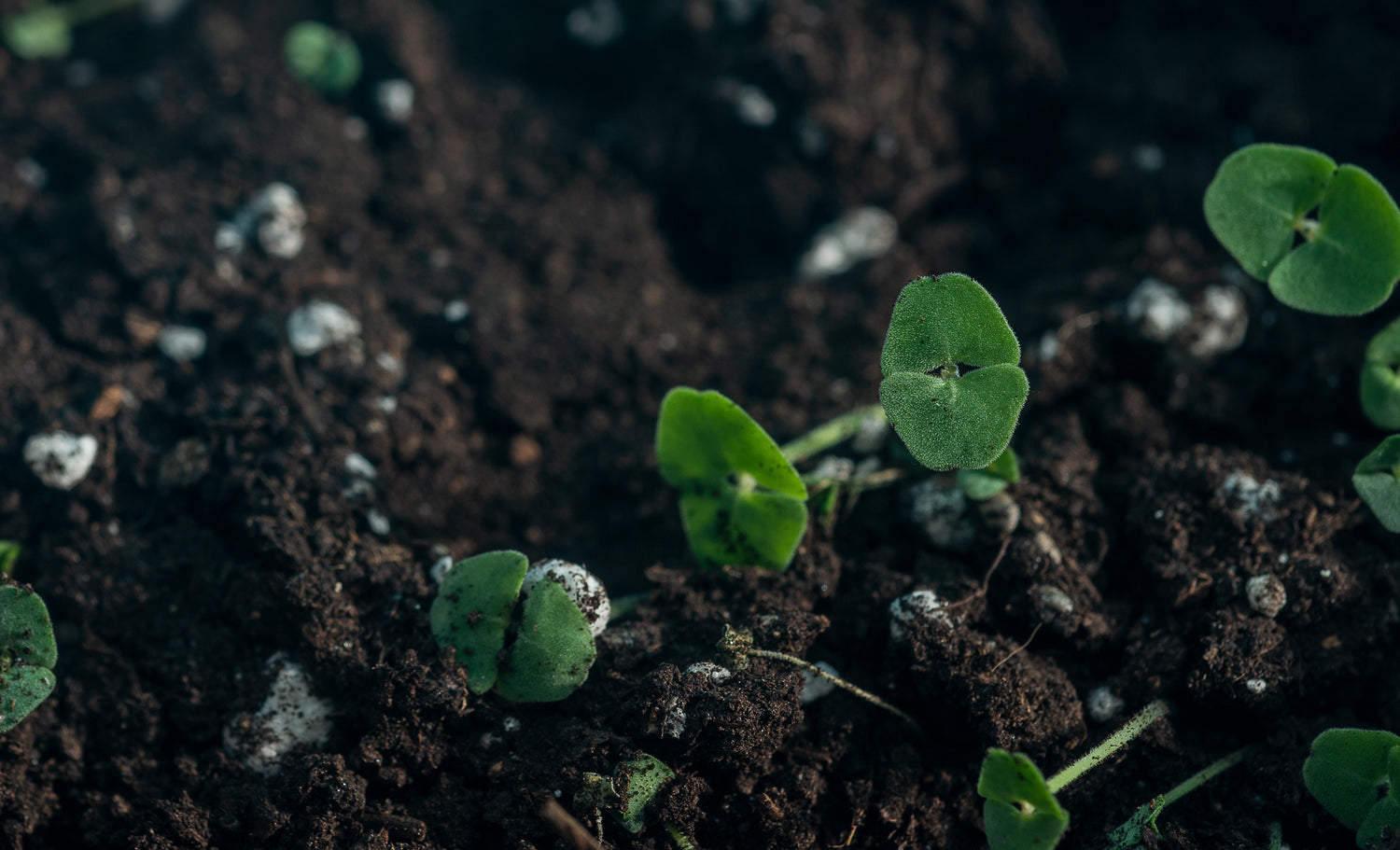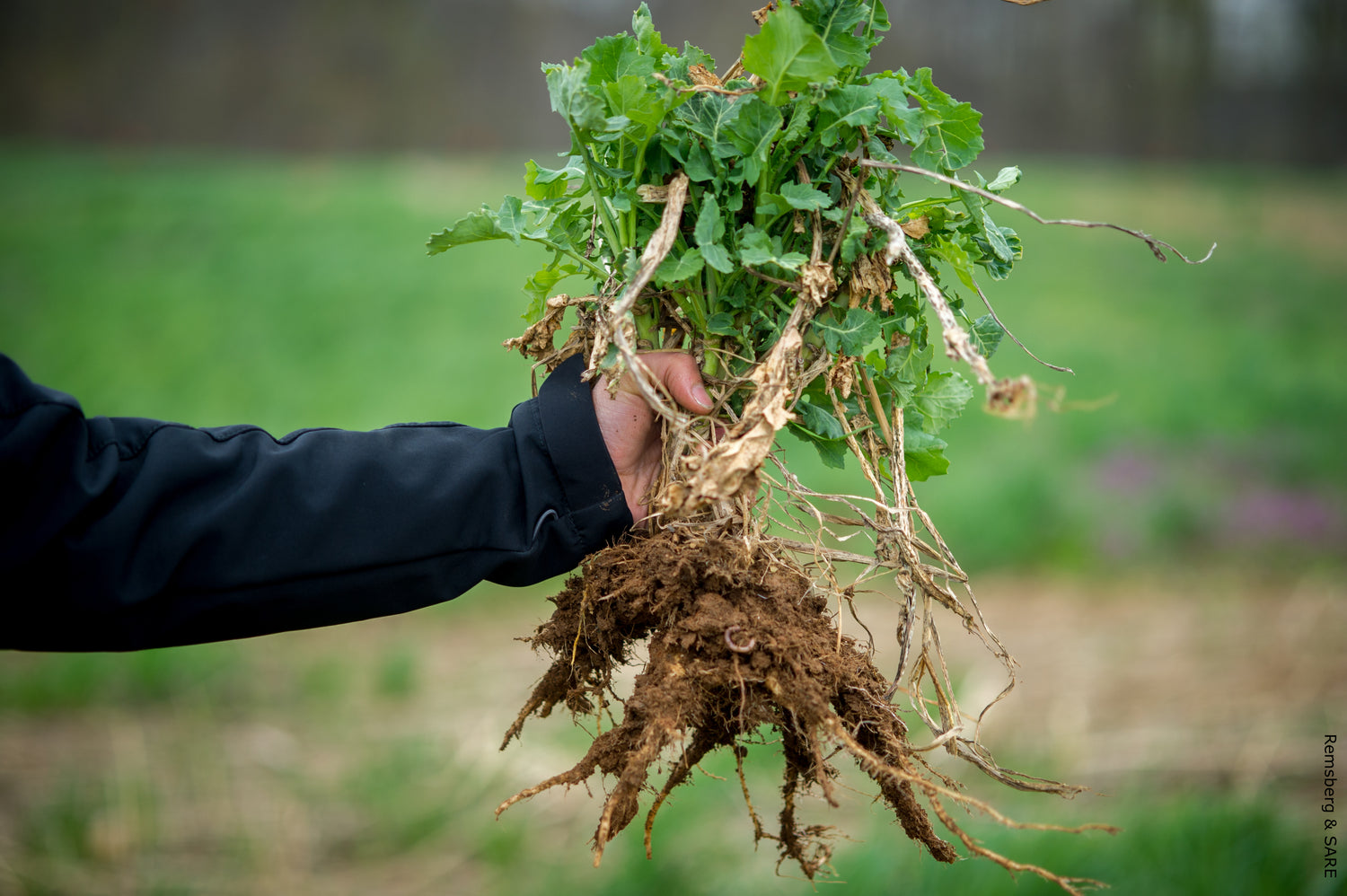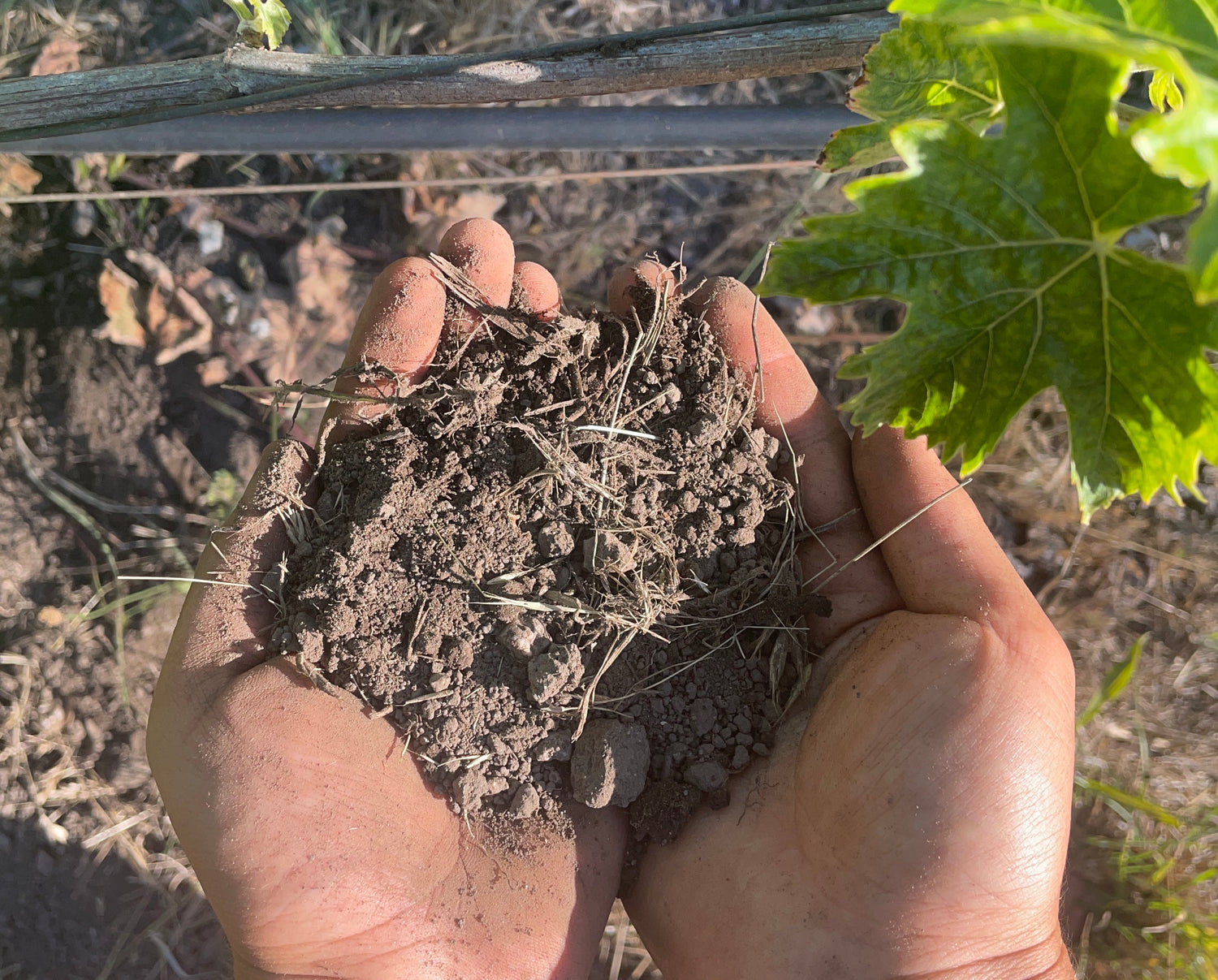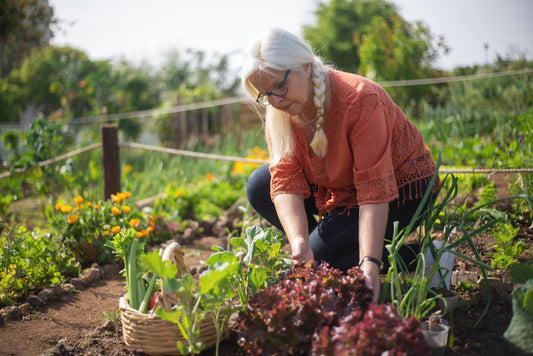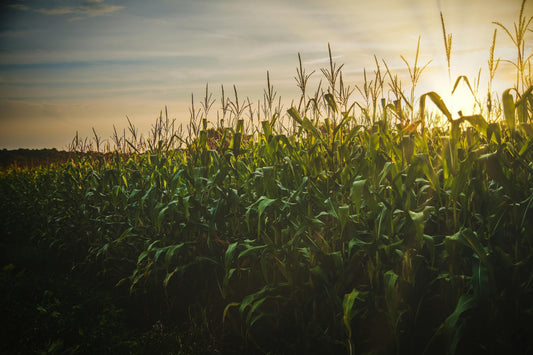Idaho, known as the "Gem State" for its natural resources and varied landscapes, has a wide range of soil types. From fertile valleys to rugged mountains, soil composition varies greatly. Understanding these soils is key for farming, land management, and conservation. This article explores the region’s soil types, their characteristics, distribution, and importance.
What Shapes These Soils
The region’s soils are formed by its geological history, climate, and terrain. Sedimentary, igneous, and metamorphic rocks have weathered over millions of years, creating distinct soil profiles. Climate, ranging from arid deserts to humid mountain valleys, also influences soil development. For example, dry areas foster silt loam soils, while wetter regions support clayey soils.
Main Soil Types
Silt loam soils, found in fertile farming areas, have fine particles, retain water well, and are highly fertile. They’re ideal for crops like potatoes, sugar beets, and grains. The USDA estimates these soils cover about 30% of the region’s land.
Volcanic ash soils, located in areas like the Snake River Plain, come from ancient volcanic eruptions. Rich in phosphorus and potassium, they support orchards, vineyards, and specialty crops.
Clayey soils, common in wetter, cooler areas, have high clay content and drain poorly. They’re challenging for farming but sustain forests and wildlife habitats.
Sandy soils, seen in deserts and along riverbanks, are coarse and hold little water. They support sagebrush steppe and riparian ecosystems but erode easily.
Calcareous soils, found in areas with limestone, contain calcium carbonate. Their high pH suits crops like alfalfa but can limit plants that need acidic conditions.
| Soil Type | Key Traits | Main Uses |
|---|---|---|
| Silt Loam | Fine, fertile, water-retentive | Potatoes, grains, sugar beets |
| Volcanic Ash | Nutrient-rich, well-drained | Orchards, vineyards |
| Clayey | High clay, poor drainage | Forests, wildlife habitat |
| Sandy | Coarse, low water retention | Sagebrush, riparian zones |
| Calcareous | High pH, calcium-rich | Alfalfa, forage grasses |
Where Soils Are Found
Soil distribution depends on elevation, rainfall, land use, and geology. The region has three main soil zones:
The southern plains, including fertile valleys, are dominated by silt loam soils. These support crops like potatoes, wheat, and dairy products, with irrigation boosting yields in dry conditions.
The central mountains and plateaus, with rugged terrain, feature volcanic ash soils. These sustain wildlife and activities like hiking and fishing.
The northern forested region, with deep valleys, has clayey soils. These support coniferous forests, wildlife like elk and deer, and timber production.
| Region | Dominant Soil | Key Activities |
|---|---|---|
| Southern Plains | Silt Loam | Crop farming, dairy |
| Central Mountains | Volcanic Ash | Wildlife, recreation |
| Northern Forests | Clayey | Timber, wildlife |
Role in Agriculture
Agriculture is a major economic driver, supporting jobs and billions in revenue. Diverse soils enable various activities:
Potato production thrives in silt loam soils, with the region producing over 13 billion pounds yearly, per USDA data. Sugar beets, also grown in these soils, support sugar processing in towns like Twin Falls. Wheat, barley, and oats benefit from fertile soils and irrigation. Livestock grazing, including cattle and sheep, uses vast rangelands for meat, wool, and dairy.
| Crop/Activity | Soil Type | Annual Output |
|---|---|---|
| Potatoes | Silt Loam | 13 billion lbs |
| Sugar Beets | Silt Loam | Top U.S. producer |
| Livestock | Various | Meat, wool, dairy |
Conservation Challenges
Despite agricultural benefits, soils face issues like erosion, water pollution, and habitat loss from farming, urbanization, and industry. Soil testing, like Alluvial Soil Lab’s Complete Soil Health Test, can guide sustainable practices.
Erosion affects sloped or sandy soils, leading to topsoil loss and waterway sedimentation. Cover cropping and contour plowing can help. Inefficient irrigation causes water waste and soil salinity. Precision irrigation and water conservation improve efficiency. Overuse of fertilizers degrades soil and pollutes water. Crop rotation and organic amendments promote health. Urbanization reduces farmland, but conservation easements and smart growth balance land use.
| Challenge | Impact | Solution |
|---|---|---|
| Erosion | Topsoil loss, sedimentation | Cover crops, contour plowing |
| Irrigation Waste | Salinity, depletion | Precision irrigation |
| Fertilizer Overuse | Soil degradation | Crop rotation, organics |
Frequently Asked Questions
Why are my potato crops yielding less than expected?
Low yields can stem from nutrient deficiencies, like insufficient nitrogen or phosphorus, or improper pH. A soil test can pinpoint issues and recommend amendments like fertilizers or lime.
Why does my soil stay soggy after rain?
Soggy soil often indicates high clay content, common in clayey soils, which drains poorly. Soil testing can confirm drainage issues and suggest adding organic matter to improve structure.
How can I stop my soil from washing away during storms?
Soil erosion, especially in sandy or sloped areas, can be reduced with cover crops or mulch. A soil test can guide erosion control by assessing soil stability and organic matter.
Why do my plants look yellow and stunted?
Yellowing and stunted growth often signal nutrient deficiencies, like low nitrogen, or high pH locking nutrients. Soil testing identifies specific problems for targeted fixes.
What’s making my soil so hard to dig in?
Hard, compacted soil is common in clay-heavy areas. A soil test can assess compaction and recommend aeration or organic amendments like compost to loosen it.
Conclusion
The region’s diverse soils reflect its geological and environmental complexity. From fertile silt loams to volcanic ash soils, they support agriculture, ecosystems, and cultural landscapes. Soil testing, such as Alluvial Soil Lab’s Complete Soil Health Test, helps address challenges like erosion and poor yields, ensuring sustainable land use for the future.
References
USDA. (2024). Soil Health and Nutrient Management. https://www.usda.gov
EPA. (2025). Water Quality Report: Nutrient Runoff. https://www.epa.gov
Turfgrass Science Association. (2024). Soil Testing Impacts on Agriculture.
Clemson University. (2024). Soil Management in Sandy Soils.
NOAA. (2025). Soil Salinity and Erosion Report.
Alluvial Soil Lab. (2024). Complete Soil Health Test. https://alluvialsoillab.com/products/complete-soil-health-test-analysis-kit







